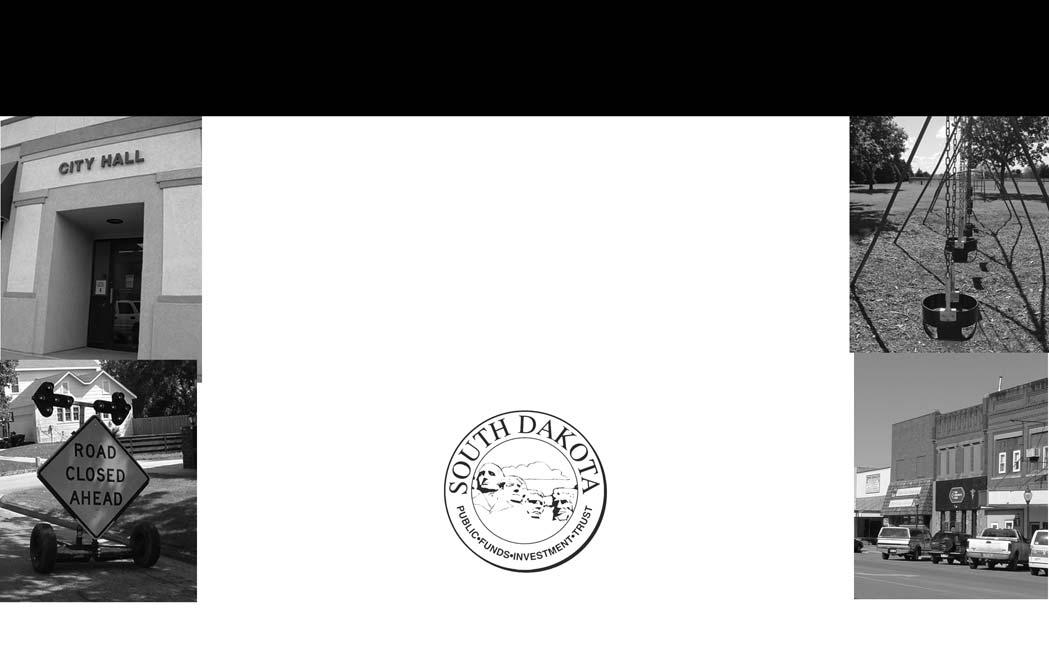
8 minute read
Mitigating the Worst Effects of Silos
By Shayne Kavanagh
Many local government managers have long appreciated the potential benefits of breaking down silos – the barriers that exist between specialized functions –within government. However, for just as long (and usually successfully), silos have resisted integration. There is a good reason why silos persist: Different tribes of government workers, such as police, fire, building inspectors, and even public finance, benefit from having distinctive languages, cultures, and work processes, which help organize the complexity of highly specialized professional endeavors. Anthropologist Gillian Tett writes about ways in which all organizations, public and private, bridge these internal functional divides.
Advertisement
The Silo Effect: The Peril of Expertise and the Promise of Breaking Down Barriers
By Gillian Tett Simon and Schuster 2015, 304 pages, $28
Curbing Fire Fatalities in New York
The Silo Effect begins with a story from the City of New York municipal government. In the decade leading up to 2011, New York City had experienced thousands of house fires each year, resulting in approximately 85 fatalities annually. Despite the number of building inspectors the city employed – more than 200 – finding hazardous buildings before a fire occurred was very difficult. Just 13 percent of inspections revealed unsafe conditions, even when the inspections were prompted by complaints about potential fire hazards.
The mayor’s office formed a team to improve this state of affairs. They started by working closely with frontline staff and examining data sets from departments including police, fire, building, water, and housing. Looking across these departments, they found some important predictors of dangerous buildings: j Built before 1938, when building codes were made more stringent. j Located in poor neighborhoods. j Owners were delinquent on their mortgages. j Buildings have generated complaints about other issues relating to poor upkeep, like vermin.
Putting together these factors and their respective data sets from across departments, the city was able to generate a list of buildings for inspectors to target.



Though the inspectors were initially unsure about using this information, encouragement from the mayor’s office convinced them to do so – and they found violations 70 percent of the time, a four-fold improvement over just using the complaints lodged with their department. Using this crossdepartmental technique, the mayor’s office went on to realize improvements in dealing with problems as diverse as cigarette tax evasion, illegal sales of prescription drugs, and stopping illegal disposal of cooking grease by restaurants.
Working with Silos
Why, then, despite the impressive gains that can be achieved, don’t silos cooperate more often? It is because the human brain makes sense of complexity by storing information in categories. Sometimes these categories are unstated, but sometimes they are explicit, like the departments within a local government. We can’t get rid of these categories because they serve a valuable purpose in helping us understand the world around us. Problems emerge when these categories become too rigid and people are blinded to both risks and opportunities. Given that silos cannot and should not be eliminated, Tett believes that the answer is taking steps to prevent silos from becoming so entrenched that they become dysfunctional. The Silo Effect presents a number of case studies that illustrate how public and private organizations have been harmed by inflexible silos and how they need to overcome these problems. Tett uses the case studies to draw five conclusions about how to mitigate the problems created by silos and enable collaboration across organizational internal boundaries. rotated among departments. In the City of Baltimore, Maryland, staff members from the finance and budget office are sometimes posted in operating departments, where they help the operating department better align financial
Silos persist for a good reason: resources with their service Different tribes of government workers provision goals. This also helps benefit from having distinct languages, the finance staff learn more about the real needs of the operating cultures, and work processes. department. Problem solving through temporary crossfunctional teams is another opportunity. Governments that use Lean or Six Sigma process improvement methods routinely use such teams to analyze and improve processes that cross departments. Finally, simply having physical spaces that encourage people to mix can be helpful. When different functional groups are physically isolated from each other, cultural isolation is more likely to follow. Spread Financial Incentives across Departments.In The Silo Effect, Tett primarily referred to the compensation incentives individuals in different departments might face (e.g., when profits generated by one division of a firm might come at the expense of another division). If an individual’s salary depends on the profit created by his or
Keep Boundaries Flexible and Fluid. This is achieved primarily by providing opportunities for employees to meet and share ideas and viewpoints. For instance, staff could be

her division, that person is organizations need people who unlikely to cooperate in ventures with other divisions that might lower his own division’s profit, Cooperation leads to impressive gains, so why isn’t there more of it? can translate the languages different silos use so information can be shared in a useful way. For even if it would benefit the entire Because the human brain makes example, anyone who has worked company. In governments, Tett’s sense of complexity by storing in government has doubtlessly finding might apply to the budget process. Where the budget process information in categories. encountered the seemingly obscure language used by police, pits one department against fire, engineers, teachers, etc. And another in a competition for the language used by public resources, cooperation is likely to be harmed. Rather, finance is probably as specialized and opaque to the consider how departments might make joint budget outsider as any of these. proposals to solve pressing public policy challenges. For example, Miami-Dade County, Florida, has cross- Re-examine your Categories and Classification departmental teams that analyze and plan for each of the Systems. When classification systems go unexamined for county’s major strategic initiatives. These plans are then too long, they can become outdated and obsolete. This is translated into budgets for each participating department. when opportunities are missed or risks transform into crises. In public finance, a good example is incremental Share Information – the Right Way. Technology makes budgeting, which classifies spending into departments or it easy to share information across the organization at little divisions, with spending patterns remaining largely or no cost. However, simply dumping raw data out to other unchanged from year to year. Eventually, however, these groups is not sufficient; other groups must have the spending decisions may no longer be affordable or even capability to interpret the data. For example, if a data set relevant to the problems that the community faces. produced by one department does not include the data Budget methods that move away from incremental definitions or meta-data needed for outsiders to make decision making provide a way to break up these silos sense of it, then it is of little value. More broadly, and reallocate resources to more optimal uses. In another

example, mandates are often used to justify certain spending. After a while, the category of “mandated spending” may go unquestioned until it is no longer required, if one were to examine the letter of the law.
As a broader rule, Tett recommends that organizations examine how they have organized themselves and rethink it from the perspective of their customers. For example, in the past many local government websites were organized primarily by departments – internal distinctions that mattered little to the citizens. Now, an increasing number of websites are organized by the tasks that citizens wish to complete. Departments may benefit from thinking about a similar reclassification for their own operations. seeing that other departments
Moving away from incremental have useful data to offer might decision making provides a way to lead one to wonder what else another department could offer. break up silos and reallocate resources to more optimal uses. Conclusions In conclusion, Tett’s key message is that “our world does not function effectively if it is always rigidly streamlined. Living in specialized silos might make life seem more efficient in the short-term. But a world that is always divided into a fragmented and specialist pattern is a place of missed risks and opportunities. If we become blind creatures of habit our lives are poorer as a result … the choice lies with us. And the first step to mastering our silos is the most basic one of all: to think how we all unthinkingly classify the world around us each day. And then try to imagine an alternative.”
Use Technology to Challenge Silos. This conclusion was illustrated by the story of New York earlier in this article, where the mayor’s office used data from across different departments to create a new way of approaching inspecting for fire hazards. Of course, computers by themselves cannot change human behavior, but they can provide a subtle push that, when paired with other efforts, can lead to important changes. For example, perhaps Shayne Kavanagh is senior manager of research for GFOA’s Research and Consulting Center in Chicago, Illinois. He can be reached at skavanagh@gfoa.org.
Originally published in Government Finance Review, December 2015 (www.gfoa.org).












